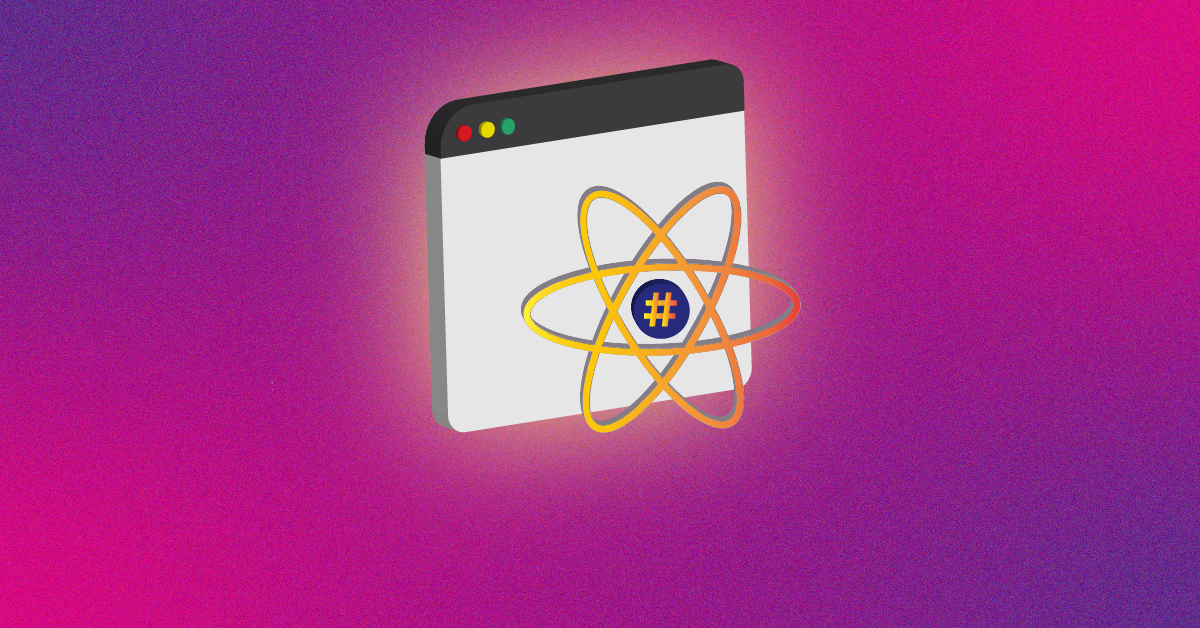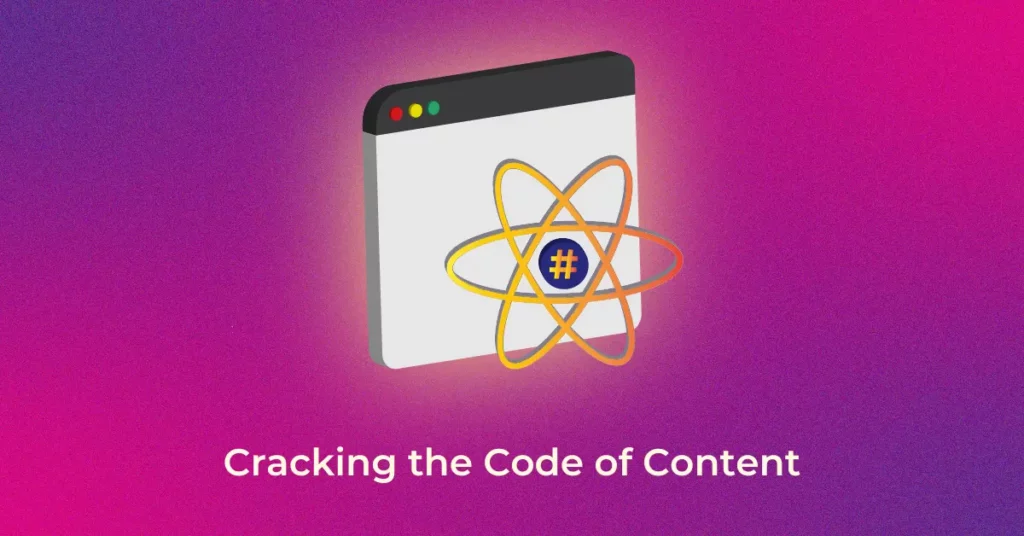The Internet world is exploding with a mixture of content – articles, blog posts, social media records, you name it. But amid this bright forest, there is a whisper of a wonderful mystery: How do you detect whispers of human thought from artificial intelligence? In this guide, we provide you with the tools and knowledge to become a skilled content seeker, confidently navigating the digital landscape to cover the real sources of words in front of you.
Demystifying the Digital Doodles: Decoding AI Content Detection
At its core, AI content recognition boils down to digging up algorithmic manufacturing fingerprints. These sophisticated language models, driven by mountains of data, can mimic human writing processes with unflinching accuracy. However, subtle clues are often hidden throughout the structure, vocabulary, and style of the text.
Why Unmask the Masked? The Need for AI Content Detection
The rise of AI authoring tools comes with a double-edged sword. Although they offer flexibility, their abuse can lead to a host of ethical problems: rampant plagiarism, disinformation, and a content marketplace where information is filled with impenetrable devices. By learning to recognize the effects of AI, we aim to:
- Champion Content Authenticity: Raise the value of human creativity and authentic knowledge.
- Stand Guard Against Plagiarism: Protect intellectual property and support ethical content practices.
- Embrace Transparency: Distinguish between humans and machine-woven information, empowering informed use.
Plagiarism Patrol: Unveiling the Shadows of Duplicity
Plagiarism, that shadow figure lurking in the corners of the digital realm, thrives on the unauthorized use of someone else’s work. It extends beyond the obvious, encompassing subtle repetition and unwarranted repurposing of words.
Is AI Content the New Plagiarism Bandit?
The advent of AI blurs the contours of this ethical discussion. Some argue that the unauthorized use of these tools constitutes theft, while others argue that the duty lies in presenting the user’s information as his own Despite the legal nuances, conducting good content production requires transparency and adequate credit, regardless of source.
Sharpening Your Detective Skills: Tools to Unmask the Imposter
Like a pair of gumshoes, you can hone your skills to get to know the real people behind online stories. Here are some signs to be alert:
- The Robot Speaks: Repetitive phrases, unnatural sentence structure and stilted phrasing can betray the robot hand behind the text.
- Logic Runs Amok: Factual inconsistencies and irrational leaps can reveal the limits of AI’s understanding of the world.
- Wordplay Gone Wrong: A lack of subtlety in human language can lead to odd word choices, unusual combinations, and grammatical oddities.
- Deja Vu in the Digital Age: Run articles through plagiarism checkers to discover potential matches with existing material.
The Arsenal of Awareness: Tools for Confident Content Exploration
Arming yourself with the right tools can dramatically increase your ability to navigate the digital jungle. Here are some great AI content and plagiarism detection tools for your content toolkit:
- Copyleaks: This advanced platform also provides AI content detection, plagiarism checks, and analysis of code of originality.
- Grammarly: In addition to its popular grammar spell check, Grammar prides itself on plagiarism detection powered by an extensive online database.
- ProWritingAid: This advanced writing tool combines AI content recognition with in-depth reporting on style, grammar and clarity to help you polish your writing when you are seeing possible machine-generated fingerprints.
- Turnitin: An industry leader in academic plagiarism detection, Turnitin is a valuable resource for content creators doing research-heavy projects.
- Originality.ai: This platform claims to showcase even the most sophisticated AI-created products with its advanced algorithms.
Remember: No tool is a silver bullet. Use these resources as a starting point for your search, and always use critical thinking skills to assess the originality and usefulness of the content.
Embracing Transparency in the Digital Age: Check AI Content with Confidence
Understanding how to identify AI-written content and stolen content empowers you to use and detect information responsibly. By advocating for transparency and originality, together we can create a digital space where authentic creativity and authentic voices thrive. So, grab your metaphorical magnifying glasses, sharpen your critical thinking skills, and tackle your consumption journey. The digital jungle is waiting for you to explore, and with the right tools and knowledge, you will navigate it with confidence and insight.
Popular Searches
How useful was this post?
0 / 5. 0














